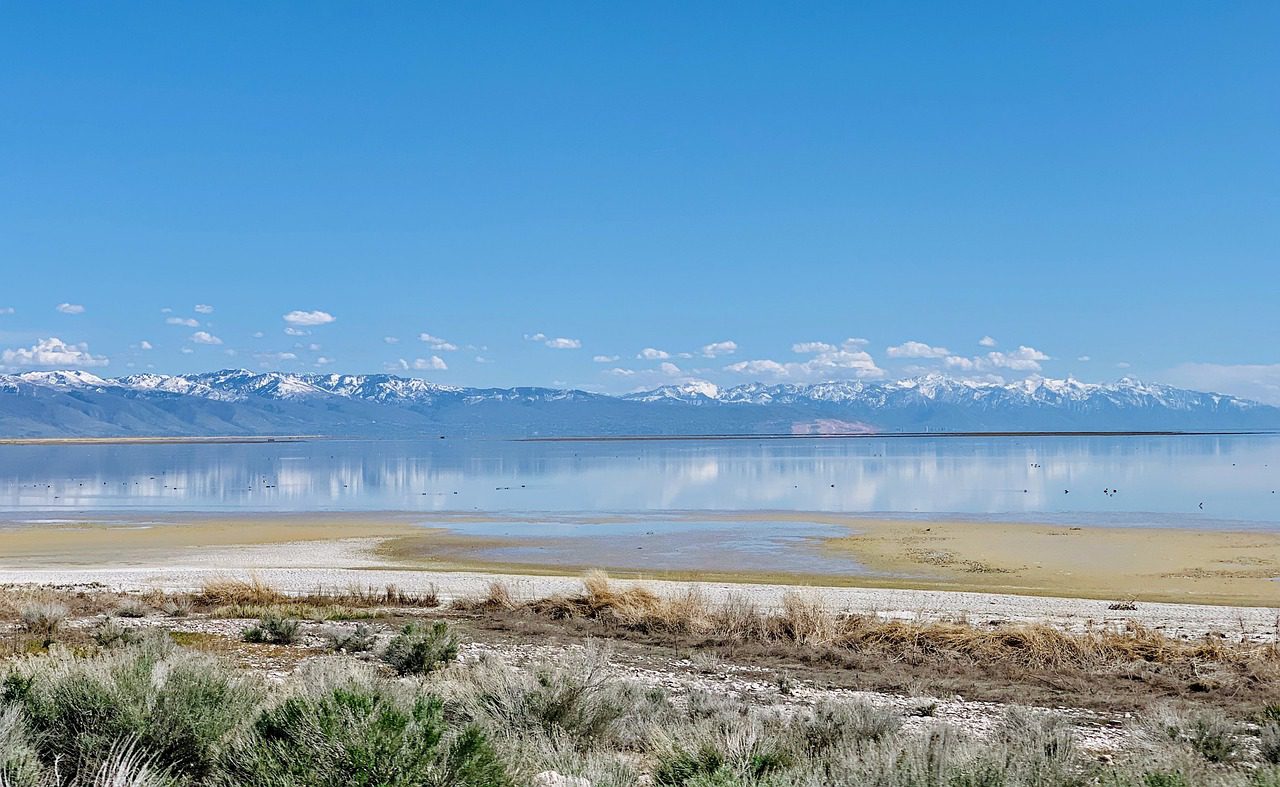[post_published] -Brigham Young University’s College of Life Sciences is making its recently published report, “Emergency measures needed to rescue Great Salt Lake from ongoing collapse ,” available to the public as a PDF download. It can also be read on BYU’s website.
,” available to the public as a PDF download. It can also be read on BYU’s website.
“Great Salt Lake is facing unprecedented danger,” the authors warn. “Without a dramatic increase in water flow to the lake in 2023 and 2024, its disappearance could cause immense damage to Utah’s public health, environment, and economy. This briefing provides background and recommends emergency measures. The choices we make over the next few months will affect our state and ecosystems throughout the West for decades to come.”
Written in a tone that a layperson can understand, the report explores the importance of the lake and its ecosystem, the need for conservation, sustainable water management and the dire consequences of losing the lake. BYU candidly notes that the key to preserving the Great Salt Lake is trust, writing:
candidly notes that the key to preserving the Great Salt Lake is trust, writing:
Perhaps the biggest deficit we have in facing this crisis is trust. Conservation measures have been taken throughout the watershed, but many water users and providers do not yet trust each other to shepherd conserved water to the lake. We desperately need transparency and shared sacrifice to reinforce trust and solidarity. We hope that this intention comes through in our writing. Many of us are currently involved in agriculture or have farmer heritage in the Great Salt Lake watershed. As farming families and communities will be most impacted by changes necessary to rescue the lake, we need to ensure financial, legal, and professional support for farmers during this transition.
Utah’s state legislature passed a number of bills last year in an effort to diffuse what one lawmaker called “an environmental nuclear bomb .” Senator Mitt Romney has actively worked on the problem on a federal level. At the close of 2022, he was able to enact the Great Salt Lake Recovery Act
.” Senator Mitt Romney has actively worked on the problem on a federal level. At the close of 2022, he was able to enact the Great Salt Lake Recovery Act through the defense bill.
through the defense bill.
Great Salt Lake time lapse from the Utah Division of Forestry, Fire and State Lands:

